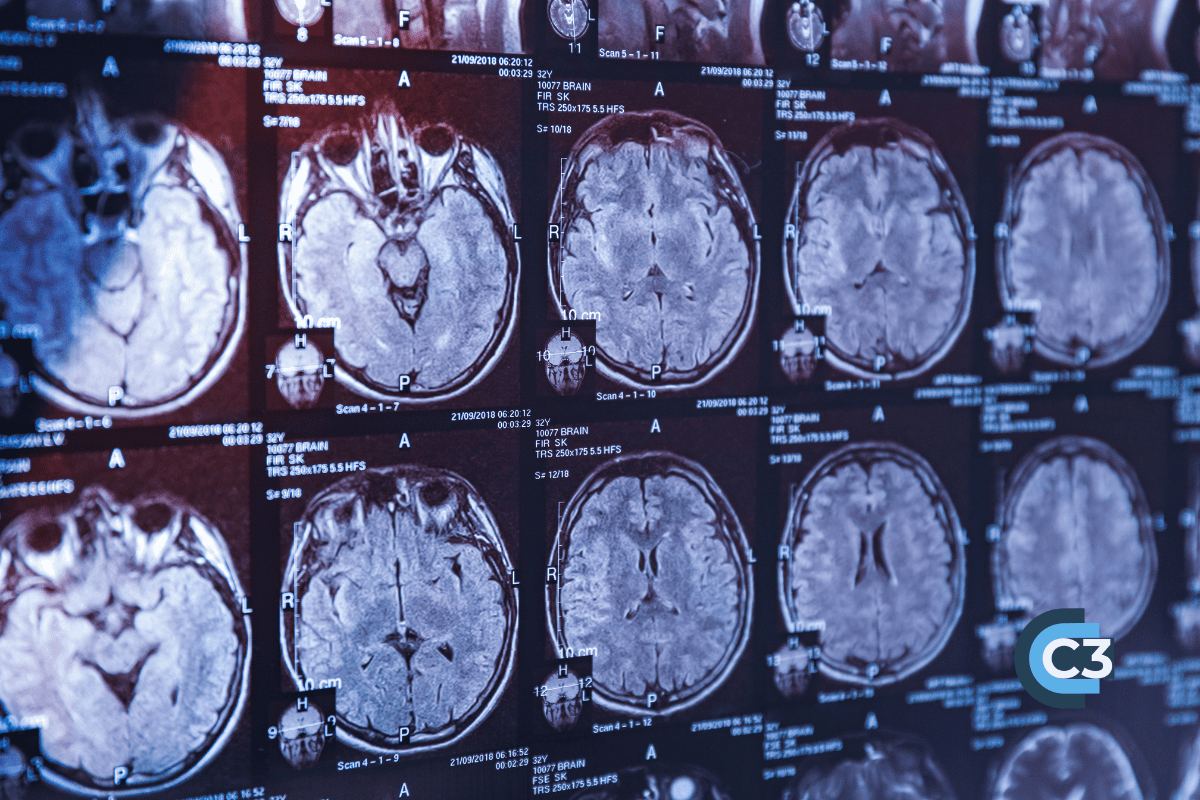Why is the term ‘concussion’ often misunderstood in the Worker’s Compensation ecosystem?
Understanding the Misuse of the Term “Concussion”
What a great question, if I do say so myself. In my more than three decades of providing cost-containment services from a clinical perspective to those Worker’s Compensation professionals, one frustration is that each time somebody takes a slight (or minor) impact to the head, this is described as a “concussion.” In our Worker’s Compensation ecosystem concussion has become synonymous with any head injury. In reality, this is far from the truth, with respect to head injuries.
The Body’s Built-In Protection for the Brain
The human body is a terrific machine. There are a number of built-in protections for various functions. What can be more important than protecting the neurologic engine that drives everything? Anatomically speaking the brain is housed within the skull and just look how thick the skull actually is. Surrounding the brain within the parameters of the skull is cerebral spinal fluid designed to protect and preserve brain function. Beyond that, the brain is not overly fragile, this is not to say it cannot become damaged or injured, only that the forces necessary to compromise the brain are significant. Typically, a blunt force trauma that does not result in visible injuries such as abrasions, is unlikely to cause a mild traumatic brain injury (mTBI).
What Defines a Concussion (mTBI)?
Specifically, a “concussion” is a mild traumatic brain injury (mTBI) and this is characterized by temporary neurologic dysfunction. Unfortunately, this type of injury is not visible with the standard enhanced imaging studies. This is why ambulance attendants will ask;
- “Did you hit your head?” or
- “Did you lose consciousness?” or
- Were there other identified findings?
These questions are repeated during the course of the emergency room evaluation conducted evaluating the identified injury.
Diagnostic Criteria for a True Concussion
According to the American Congress of Rehabilitation Medicine (1993), a concussion involves an altered mental state at the time of injury, possible loss of consciousness, and post-traumatic amnesia lasting less than 24 hours. Consequently, if an individual has a slip and fall and specifically notes no head injury, no evidence of loss of consciousness, or issues with amnesia, then this would exclude a diagnosis of concussion or mTBI.
In the situation where there is a scalp laceration or contusion, given the vascularity of this structure, significant bleeding is identified. While appearing to the lay person injured, this might seem severe, from a clinical medical perspective if there is no specific neurologic dysfunction, there is no objectification of a concussion.
Even with some types of skull fracture, such as linear fractures, it is not always clear that an injury to the brain occurred. We are not saying that it did not occur, only that the needs to be a competent clinical discussion/assessment prior to making the diagnosis of concussion.
When Imaging Reveals a More Serious Injury
If imaging studies identify an epidural or subdural hematoma, these findings indicate a significant and potentially life-threatening injury. These conditions are distinct from concussions and demand urgent medical attention.
Recovery and Frequency of Concussions
Most concussions resolve within days or weeks, while more severe brain injuries may require extended rehabilitation and can lead to lasting cognitive deficits (McCrory et al., 2017). True concussions do occur but are less common than often assumed within the Workers’ Compensation community.
Evaluating Concussion Claims Accurately
When reviewing a claim involving a concussion diagnosis, it’s essential to examine the specific ICD-10 code (S06.0X0), imaging results, Glasgow Coma Scale scores, and neuropsychological test findings. Remember: not every bump to the head constitutes an mTBI.
Confirm Clinical Evidence Before Accepting the Diagnosis
Never take a concussion diagnosis at face value. Independent confirmation of key clinical indicators—loss of consciousness, altered mental state, or post-traumatic amnesia—is vital. Ensuring diagnostic accuracy supports proper claims management and upholds medical integrity within the Workers’ Compensation system.
For those interested in further reading, there are several citations I would suggest you take a peek at:
- Bullock, M. R., et al. (2006). Surgical management of acute subdural hematomas. Neurosurgery, 58(3), S16-S24.
- Haydel, M. J., et al. (2000). Indications for computed tomography in patients with minor head injury. New England Journal of Medicine, 343(2), 100-105.
- Maas, A. I., et al. (2008). Moderate and severe traumatic brain injury in adults. Lancet Neurology, 7(8), 728-741.
- McCrory, P., et al. (2017). Consensus statement on concussion in sport—the 5th international conference. British Journal of Sports Medicine, 51(11), 838-847.
- Mild Traumatic Brain Injury Committee. (1993). Definition of mild traumatic brain injury. Journal of Head Trauma Rehabilitation, 8(3), 86-87.

